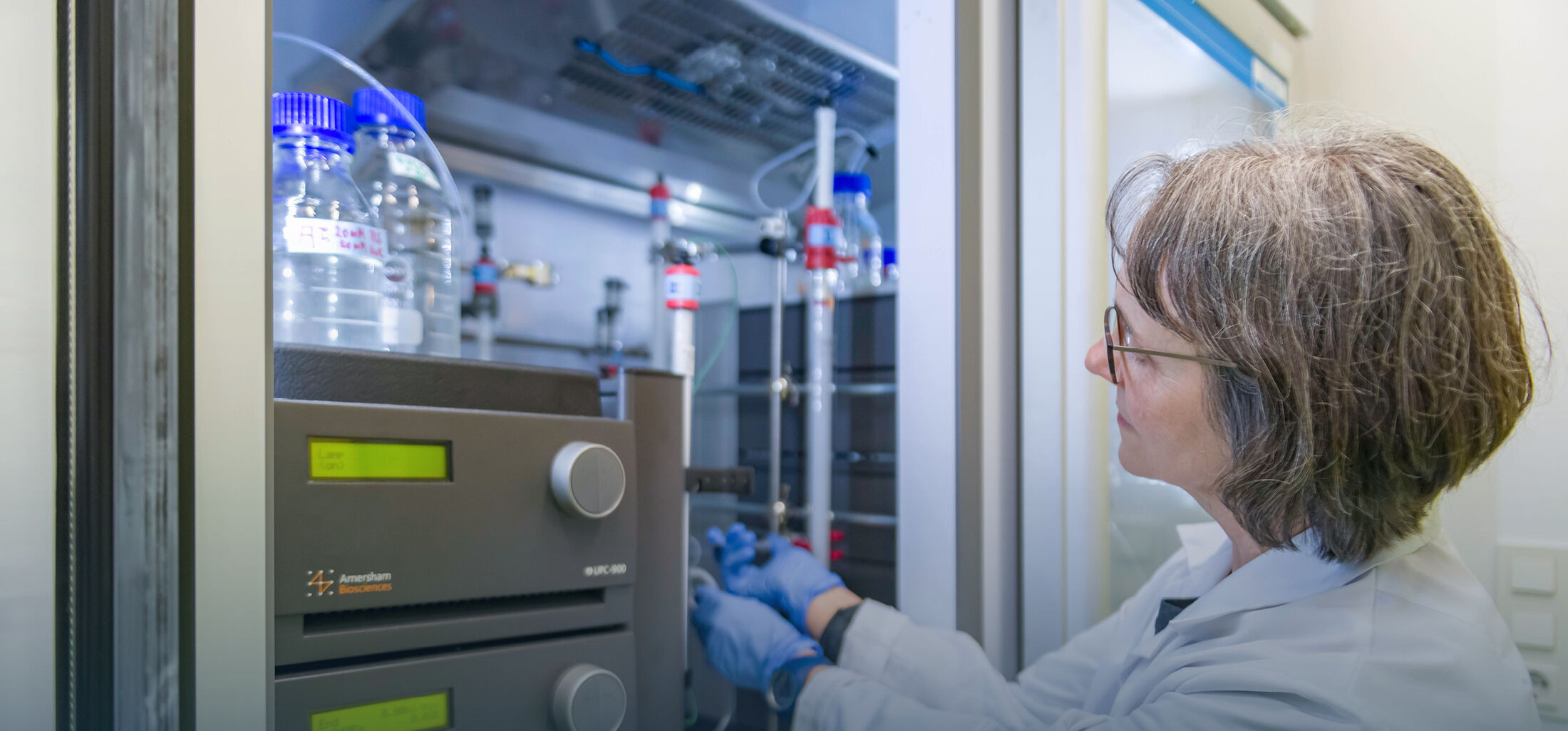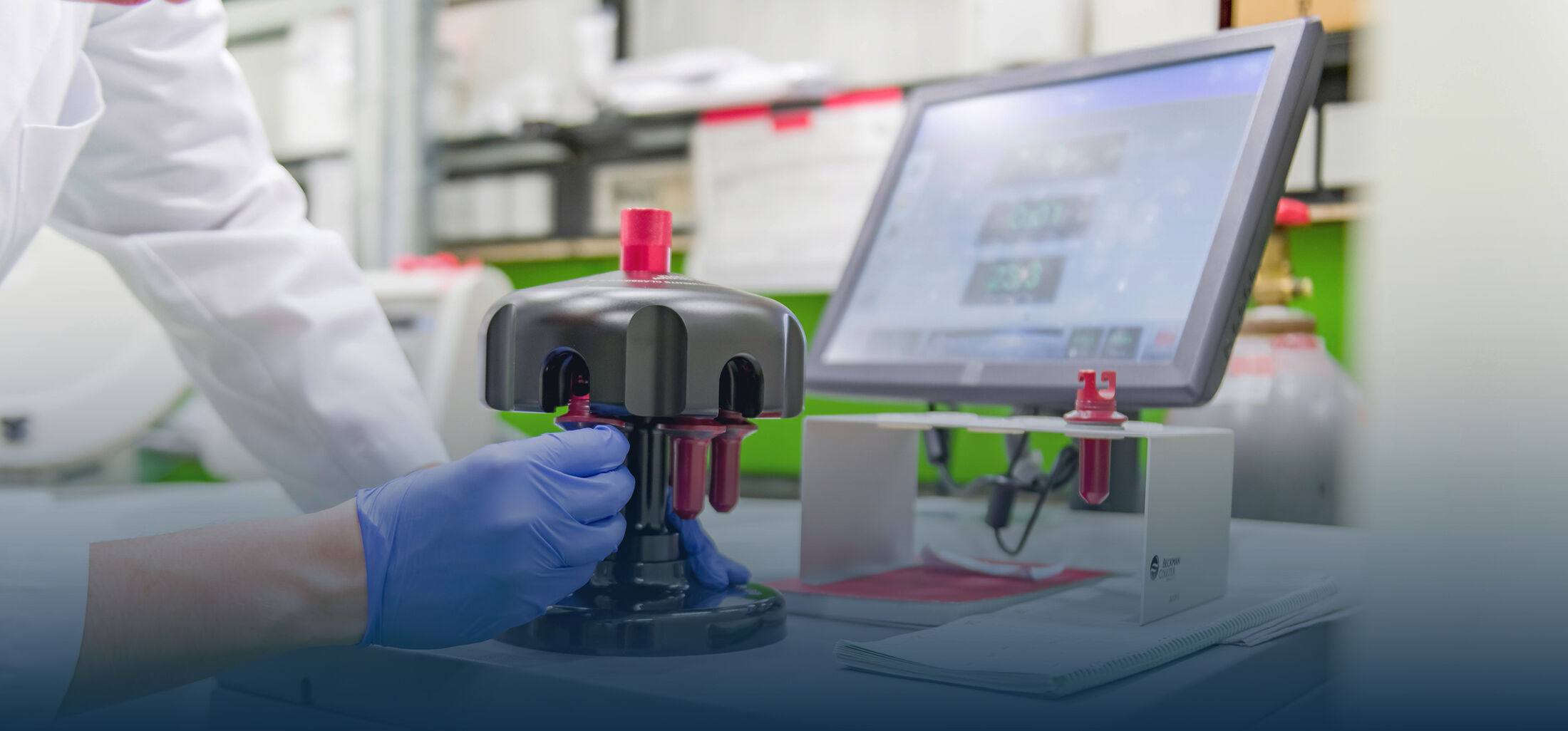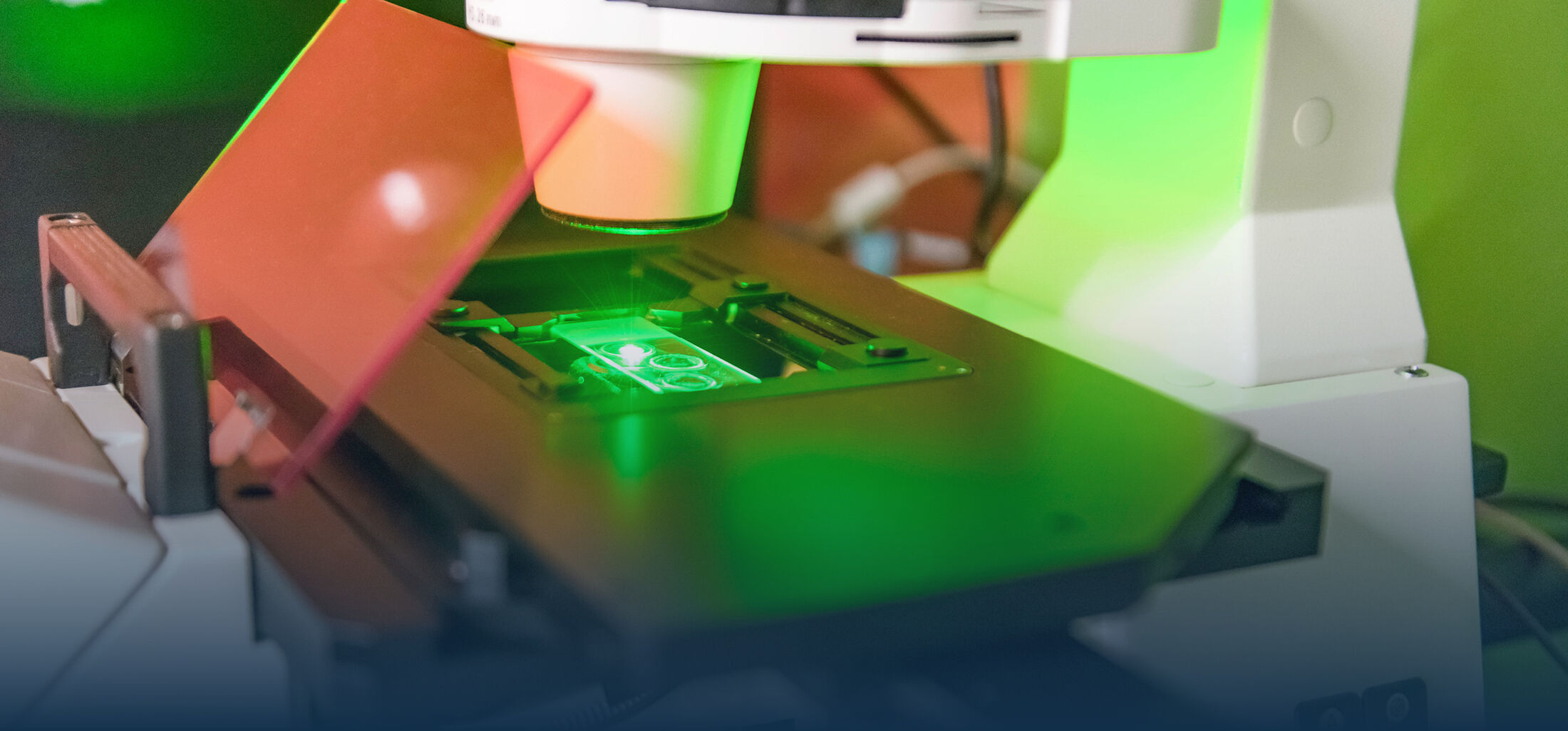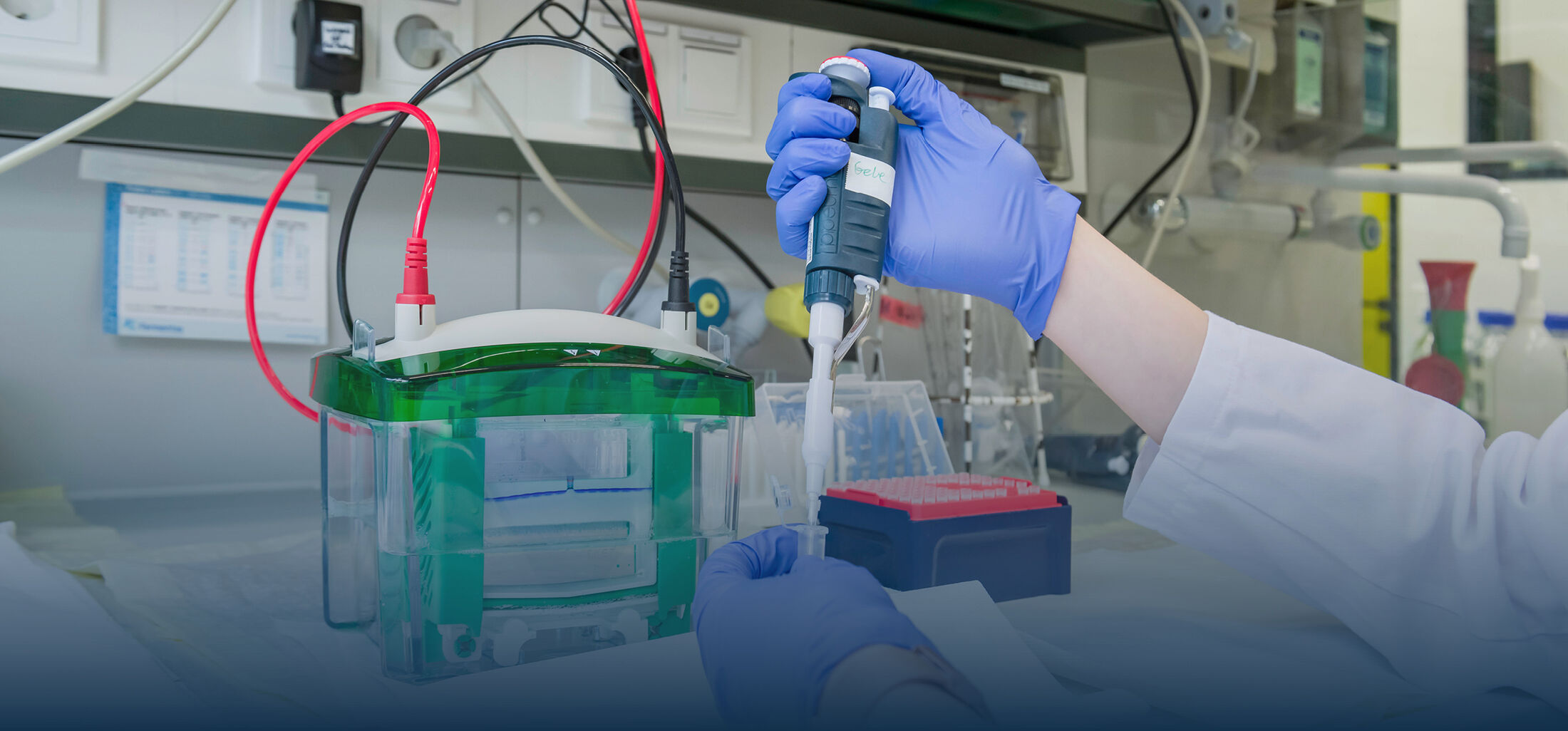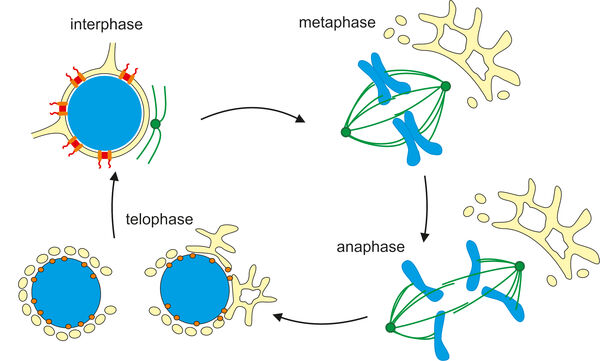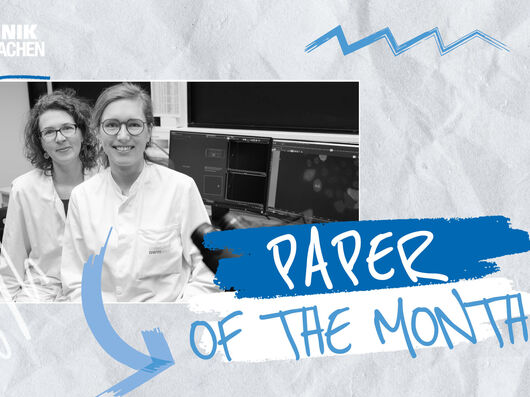Institute
Teaching
As part of our teaching activities, we teach biochemistry in the Aachen model medical degree program, which aims to create a seamless link between pre-clinical and clinical elements in the early semesters. This includes a wide range of lectures, seminars and practicals, particularly in the courses Cell Biology I and II. In addition, we offer classes for dental students and for master's students in biomedical engineering and the natural and engineering sciences as well as laboratory internships for interested students.
Research
The cell nucleus, the control center of our cell, changes fundamentally during cell division: the nuclear envelope breaks down at the beginning of mitosis, the chromatin condenses into chromosomes visible under the light microscope and the mitotic spindle builds up in order to divide the genetic information precisely between the two daughter cells that are formed. These are processes that have been and are being studied intensively in many laboratories. Much less is known about how, at the end of mitosis, a functional cell nucleus is formed that can read and duplicate its genetic information. The chromatin unpacks again and a nuclear envelope with nuclear pore complexes, the transport channels between the cytoplasm and the interior of the nucleus, forms again. We characterize the molecular mechanisms of these processes using biochemical and cell biological methods and how malfunctions lead to diseases.
The metazoan nucleus undergoes dramatic structural and functional changes during the cell cycle
Chromatin (blue) condenses during entry into mitosis and the nuclear envelope breaks down so that the mitotic spindle can form. After chromosome segregation, the nuclear envelope including pore complexes reforms. Nuclear pore complexes or precursors are shown in orange and red, microtubules in green.
We are always interested in recruiting motivated new team members who have a keen interest in the mechanisms of nuclear pore complex formation and function, chromatin decondensation and/or membrane biology. Candidates should have a general interest and background in cell biology and/or biochemistry.
We have positions for undergraduates, M.D. or Ph.D. students, as well as postdocs. PhD students will be part of the Biomedical Graduate School Aachen.
